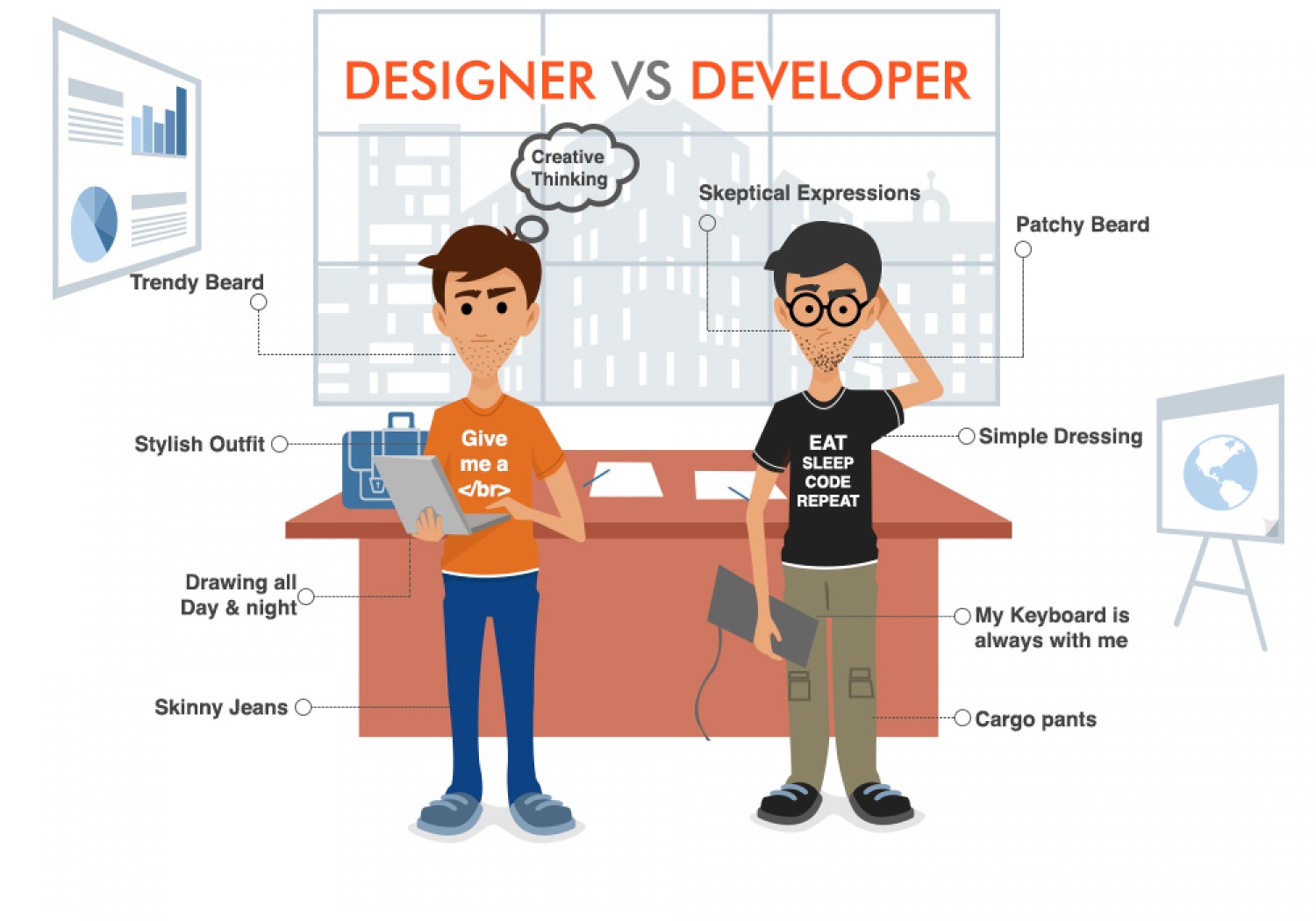[fusion_builder_container hundred_percent=”no” hundred_percent_height=”no” hundred_percent_height_scroll=”no” hundred_percent_height_center_content=”yes” equal_height_columns=”no” menu_anchor=”” hide_on_mobile=”no” class=”” id=”” background_color=”” background_image=”” background_position=”left top” background_repeat=”no-repeat” fade=”no” background_parallax=”none” enable_mobile=”no” parallax_speed=”0.3″ video_mp4=”” video_webm=”” video_ogv=”” video_url=”” video_aspect_ratio=”16:9″ video_loop=”yes” video_mute=”yes” video_preview_image=”” border_size=”0px” border_color=”” border_style=”solid” margin_top=”” margin_bottom=”” padding_top=”4%” padding_right=”” padding_bottom=”” padding_left=””][fusion_builder_row][fusion_builder_column type=”1_6″ layout=”1_6″ spacing=”0px” center_content=”no” link=”” target=”_self” min_height=”” hide_on_mobile=”medium-visibility,large-visibility” class=”” id=”” background_color=”” background_image=”” background_position=”left top” undefined=”” background_repeat=”no-repeat” hover_type=”none” border_size=”0″ border_color=”” border_style=”solid” border_position=”all” padding_top=”” padding_right=”” padding_bottom=”” padding_left=”” margin_top=”” margin_bottom=”” animation_type=”” animation_direction=”left” animation_speed=”0.3″ animation_offset=”” last=”no”][/fusion_builder_column][fusion_builder_column type=”2_3″ layout=”2_3″ spacing=”0px” center_content=”no” link=”” target=”_self” min_height=”” hide_on_mobile=”no” class=”” id=”” background_color=”” background_image=”” background_position=”left top” undefined=”” background_repeat=”no-repeat” hover_type=”none” border_size=”0″ border_color=”” border_style=”solid” border_position=”all” padding_top=”” padding_right=”” padding_bottom=”” padding_left=”” margin_top=”” margin_bottom=”” animation_type=”” animation_direction=”left” animation_speed=”0.1″ animation_offset=”” last=”no”][fusion_text columns=”” column_min_width=”” column_spacing=”” rule_style=”default” rule_size=”” rule_color=”” class=”” id=””]
Web Applications
Client and Server Coding

In simple terms, web applications are websites that when combined with a servers, provide functionalities that enables us to interact with users in the internet and lets us communicate with other databases. This communication gives us the ability to interact and generate different results in internet browsers.
Some examples of web Applications are Online Banking applications (Chase Mobile App), Social Networking (Facebook, Snapchat, Instagram), Online Reservations (Kayak.com, Booking.com, Hotels.com), eCommerce / Shopping Cart Applications (Amazon.com, Walmart.com), Interactive Games, Online Training, Online Polls, Blogs, Online Forums, Content Management Systems, etc.
[/fusion_text][fusion_separator style_type=”none” hide_on_mobile=”small-visibility,medium-visibility,large-visibility” class=”” id=”” sep_color=”” top_margin=”10px” bottom_margin=”” border_size=”” icon=”” icon_circle=”” icon_circle_color=”” width=”” alignment=”center” /][fusion_checklist icon=”” iconcolor=”” circle=”no” circlecolor=”” size=”” divider=”” divider_color=”” hide_on_mobile=”small-visibility,medium-visibility,large-visibility” class=”” id=””][fusion_li_item icon=””]
Client Side Coding
Client Side Coding is the type of scripting executed and/or interpreted by browsers.
The Client Side Coding is generally viewable by any visitor to a site (from the view menu click on “View Source” to view the source code). Think of this as the face of the website, commonly referred as the “front-end”.
Common Client Side Scripting technologies:
- HTML (HyperText Markup Language)
- CSS (Cascading Style Sheets)
- JavaScript
- Ajax (Asynchronous JavaScript and XML)
- jQuery (JavaScript Framework Library – commonly used in Ajax development)
- MooTools (JavaScript Framework Library – commonly used in Ajax development)
- Dojo Toolkit (JavaScript Framework Library – commonly used in Ajax development)
[/fusion_li_item][fusion_li_item icon=””]
Server Side Coding
Server Side Coding is the type of scripting executed and/or interpreted by the web server.
The server side coding is not viewable to any website visitor (general public). Think of this as the inner structure of the website, commonly referred as the “back-end”.
Common Server Side Scripting technologies:
- PHP (very common Server Side Scripting language – Linux / Unix based Open Source – free redistribution, usually combines with MySQL database)
- Zend Framework (PHP’s Object Oriented Web Application Framework)
- ASP (Microsoft Web Server (IIS) Scripting language)
- ASP.NET (Microsoft’s Web Application Framework – successor of ASP)
- ColdFusion (Adobe’s Web Application Framework)
- Ruby on Rails (Ruby programming’s Web Application Framework – free redistribution)
- Perl (general purpose high-level programming language and Server Side Scripting Language – free redistribution – lost its popularity to PHP)
- Python (general purpose high-level programming language and Server Side Scripting language – free redistribution)
[/fusion_li_item][/fusion_checklist][fusion_separator style_type=”none” hide_on_mobile=”small-visibility,medium-visibility,large-visibility” class=”” id=”” sep_color=”” top_margin=”30px” bottom_margin=”” border_size=”” icon=”” icon_circle=”” icon_circle_color=”” width=”” alignment=”center” /][fusion_tagline_box backgroundcolor=”” shadow=”no” shadowopacity=”0.7″ border=”1″ bordercolor=”” highlightposition=”left” content_alignment=”left” link=”” button=”” linktarget=”_self” modal=”” button_size=”” button_type=”” button_shape=”” buttoncolor=”default” title=”” description=”” margin_top=”” margin_bottom=”” hide_on_mobile=”small-visibility,medium-visibility,large-visibility” class=”” id=”” animation_type=”” animation_direction=”left” animation_speed=”0.3″ animation_offset=””]
For the past couple of years LearnCodeAcademy, a Youtube channel, has made a video that is very informative. It lays out the current landscape of web development and how it branches out into an array of specialties. The video is long but absolutely worth reading to get an incredible understanding of web development’s current state.
[/fusion_tagline_box][fusion_youtube id=”https://youtu.be/sBzRwzY7G-k” alignment=”center” width=”” height=”” autoplay=”false” api_params=”” hide_on_mobile=”small-visibility,medium-visibility,large-visibility” class=”” /][/fusion_builder_column][fusion_builder_column type=”1_6″ layout=”1_6″ spacing=”0px” center_content=”no” link=”” target=”_self” min_height=”” hide_on_mobile=”medium-visibility,large-visibility” class=”” id=”” background_color=”” background_image=”” background_position=”left top” undefined=”” background_repeat=”no-repeat” hover_type=”none” border_size=”0″ border_color=”” border_style=”solid” border_position=”all” padding_top=”” padding_right=”” padding_bottom=”” padding_left=”” margin_top=”” margin_bottom=”” animation_type=”” animation_direction=”left” animation_speed=”0.3″ animation_offset=”” last=”no”][/fusion_builder_column][/fusion_builder_row][/fusion_builder_container]
